It starts as a quiet evening. You’re scrolling for something to watch, your dog curled up nearby. A commercial comes on—and suddenly, they’re alert. Their ears twitch. Their eyes lock onto the screen.
You laugh, thinking it’s a one-time thing. But the next night, they do it again. And again. What’s going on? You’re not alone. Dog owners everywhere are noticing the same strange behavior. Dogs sitting still, heads tilted, watching TV like they understand every second. It feels human, almost surreal.
But what if it’s not just random? What if some dogs genuinely enjoy watching TV? From playful reactions to peaceful gazing, there’s more happening than meets the eye. Some breeds seem to crave screen time.
So what makes these dogs different? And which breeds have truly embraced television as their new favorite pastime? Stay with us—we’re about to reveal the TV-loving stars of the canine world.
Dog Breeds That Love Watching TV
1. Cavalier King Charles Spaniel

This breed has a keen sensitivity to sights and sounds, which makes the flicker of a TV screen surprisingly engaging to them. They often tilt their head in response to on-screen voices or animal noises. It’s not unusual to catch them tracking movement with surprising focus.
Calm enough to sit through full scenes
They don’t just glance and move on — Cavaliers are known to sit through long stretches, especially during relaxed scenes or soft dialogue. Their laid-back nature makes them perfect couch companions, as per Britannica. Many dog owners say their Cavalier picks up favorite shows over time.
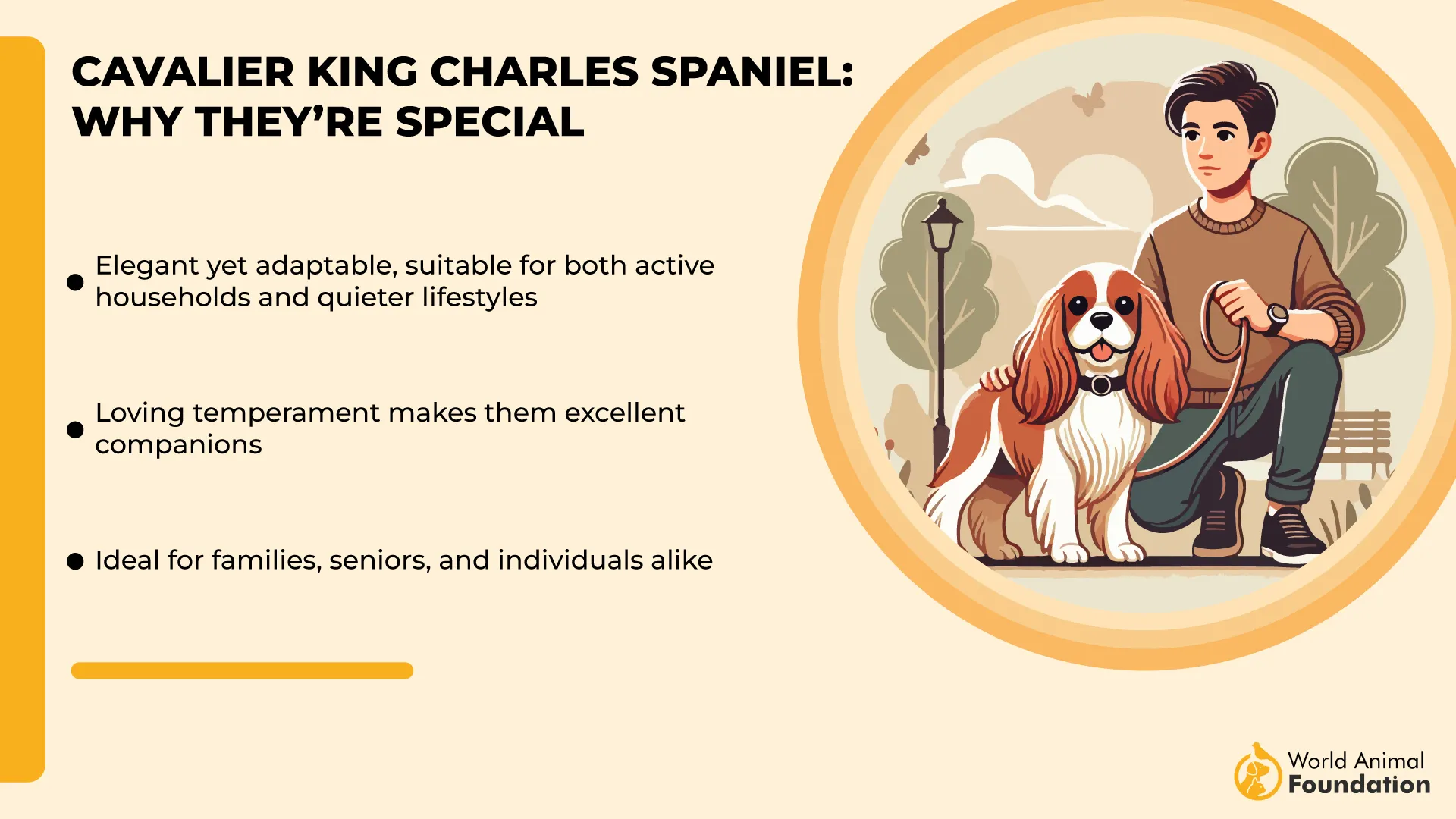
Attuned to expressions and emotions
This breed has a strong ability to pick up on tone, facial expressions, and shifts in energy, even from the screen. Emotional scenes often grab their attention, especially those with music cues or familiar voices. Their reactions can seem surprisingly humanlike.

Social curiosity extends to the screen
Cavaliers are curious about other animals, whether in person or on TV. They may approach the screen, paw at it gently, or even look behind the TV in search of a barking dog. This curiosity adds to their natural interest in what’s happening on screen.
2. French Bulldog
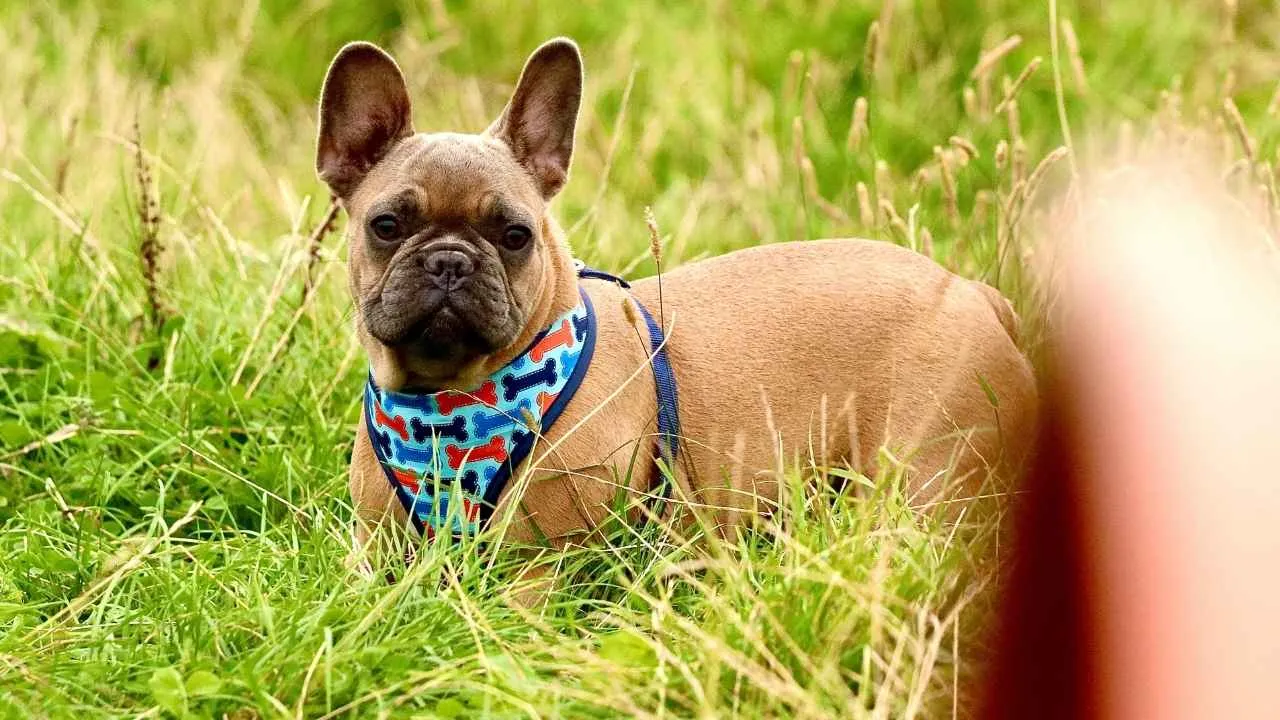
French Bulldogs are particularly reactive to fast-paced visuals and sudden sound changes, making video content especially stimulating for them. Their short bursts of focus sync well with lively TV shows or cartoons. You’ll often find them perking up when quick edits hit the screen.
Facial recognition is surprisingly sharp
This breed tends to fixate on faces, both human and animated, making them responsive to the most engaging subjects on screen. They’re known to tilt their heads or even respond to emotional tones. Close-ups, in particular, grab their attention more than distant scenes.
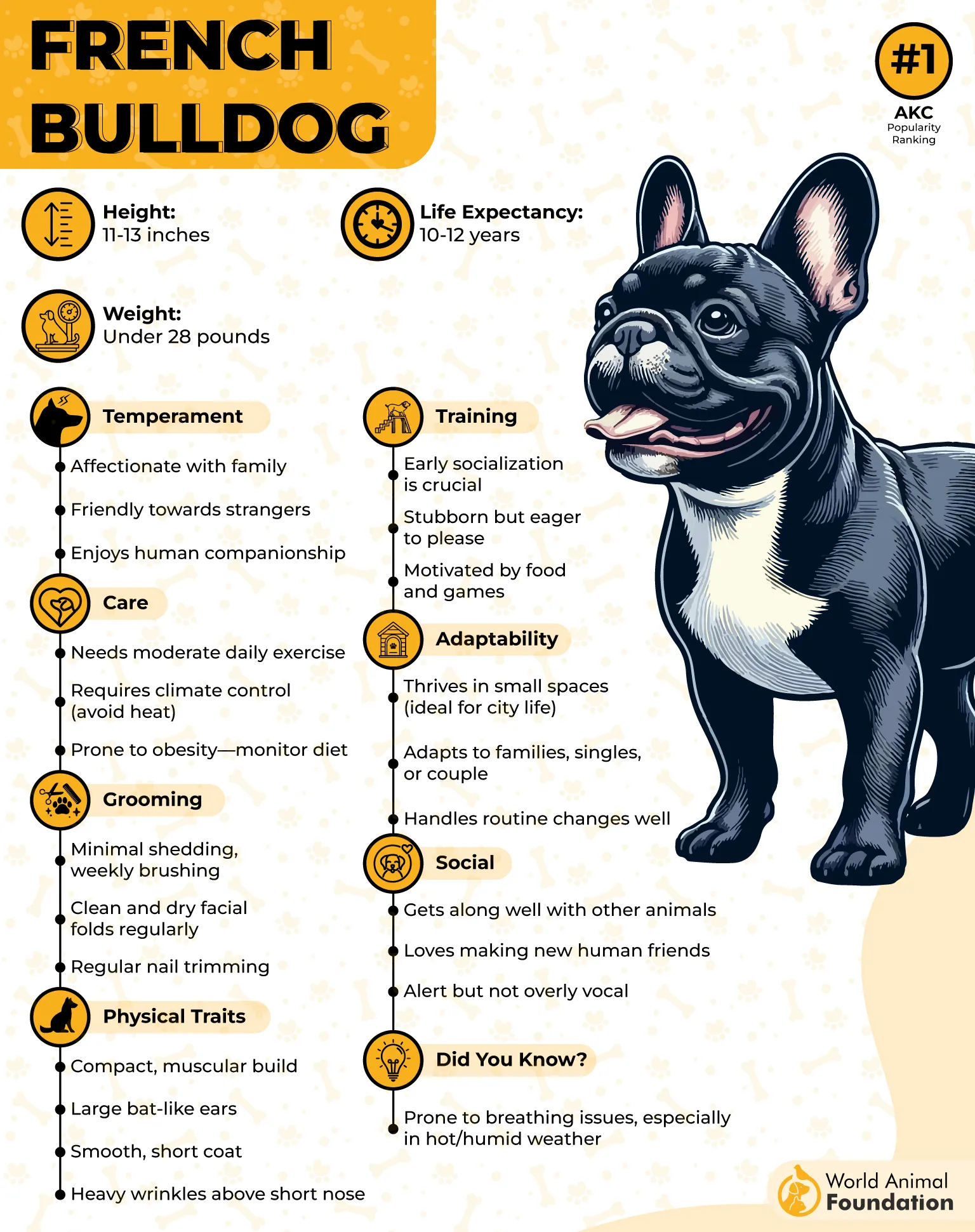
Naturally curious but selectively focused
Frenchies won’t watch just anything — they respond to cues like squeaky voices, barking, or baby sounds. They’re especially intrigued when other dogs appear in a scene, often reacting physically with tail wiggles or alert posture. Their interest peaks during pet-centric ads.
Sensitive to contrast and movement
Canine vision is drawn more to brightness and contrast than detail, as is the case in the Frenchie, so bold visuals help hold their gaze, as stated in Canine Evolutions. High-contrast animations or nature shows tend to be their top picks. Their reaction is more visual than emotional, but still visibly attentive.
3. Greyhound

Greyhounds have exceptional vision — it’s what makes them superb at spotting fast-moving prey. This trait also allows them to easily assess visual function from across the room. Unlike some breeds that lose interest quickly, Greyhounds actually follow on-screen motion with purpose.
Stillness that supports screen time
These dogs are often calm indoors, spending hours lounging without needing stimulation. That restful nature makes it easy for them to stay focused while watching their favorite program. Their large eyes don’t just scan, they track, especially when movement mimics chase behavior.
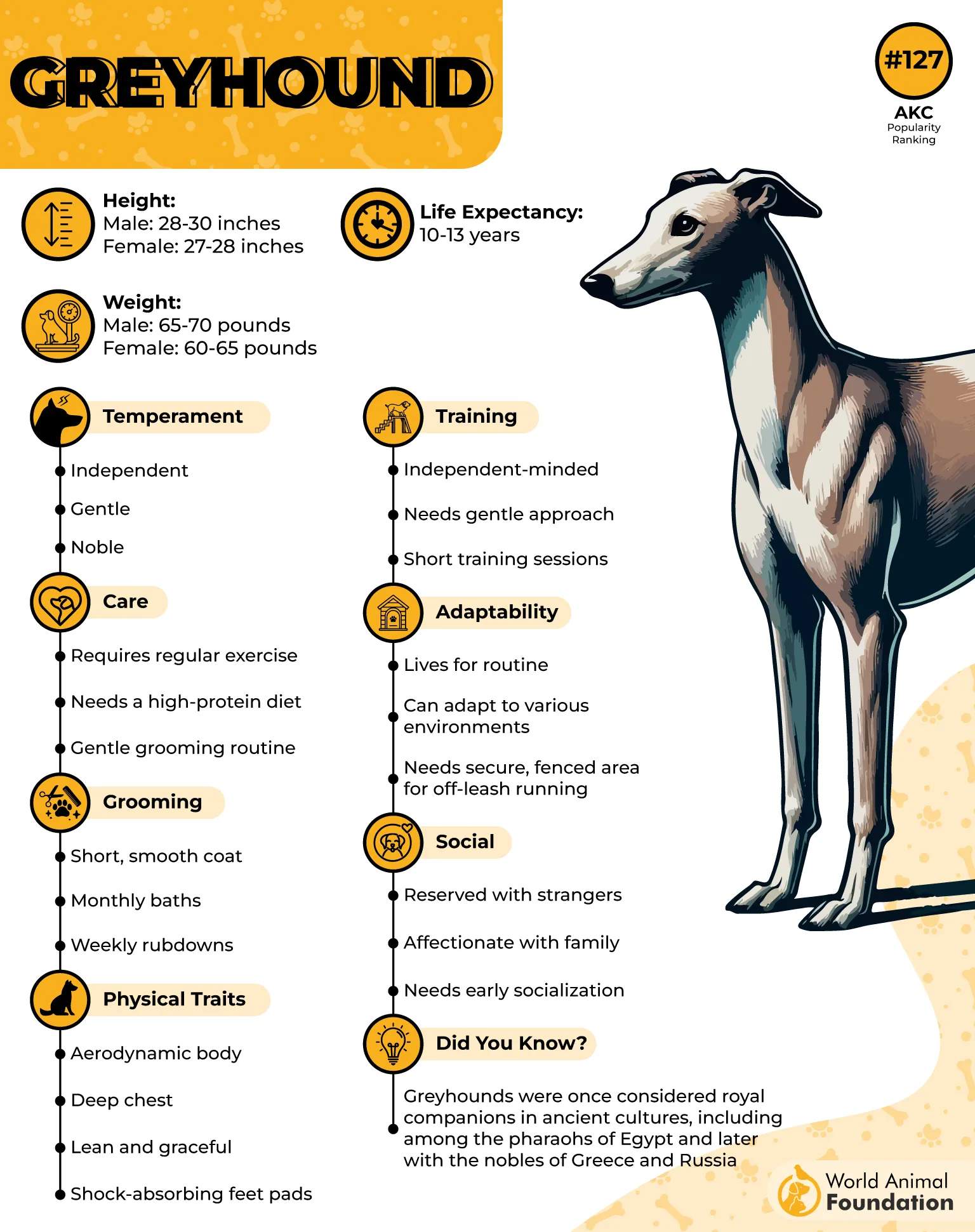
Why modern TVs hold their attention
Older screens were too blurry or choppy for dogs, but modern televisions now display smooth motion and real-life clarity. This matches the Greyhound’s ability to detect even small details. Their sharp visual processing makes on-screen scenes feel more lifelike than ever.
Bonding through quiet moments
They may be high-speed runners outside, but indoors, they act more like best friends who just want to chill. Sharing TV time is often how they bond with their human. If a scene includes animals or running sequences, they’ll perk up and stay glued to it.
4. Pug

Pugs have surprisingly strong facial recognition and can often react when familiar faces appear on screen. Their large, round eyes don’t miss much, especially when there’s fast movement or colorful visuals. It’s not uncommon to see them stare in still wonder during animated scenes.
Facial expressions spark engagement
These dogs pick up on subtle changes in human expressions—onscreen or off. Comedy scenes, in particular, can catch their interest because they often involve exaggerated gestures. Pugs process the world in more sensitive ways than many other breeds of their size.
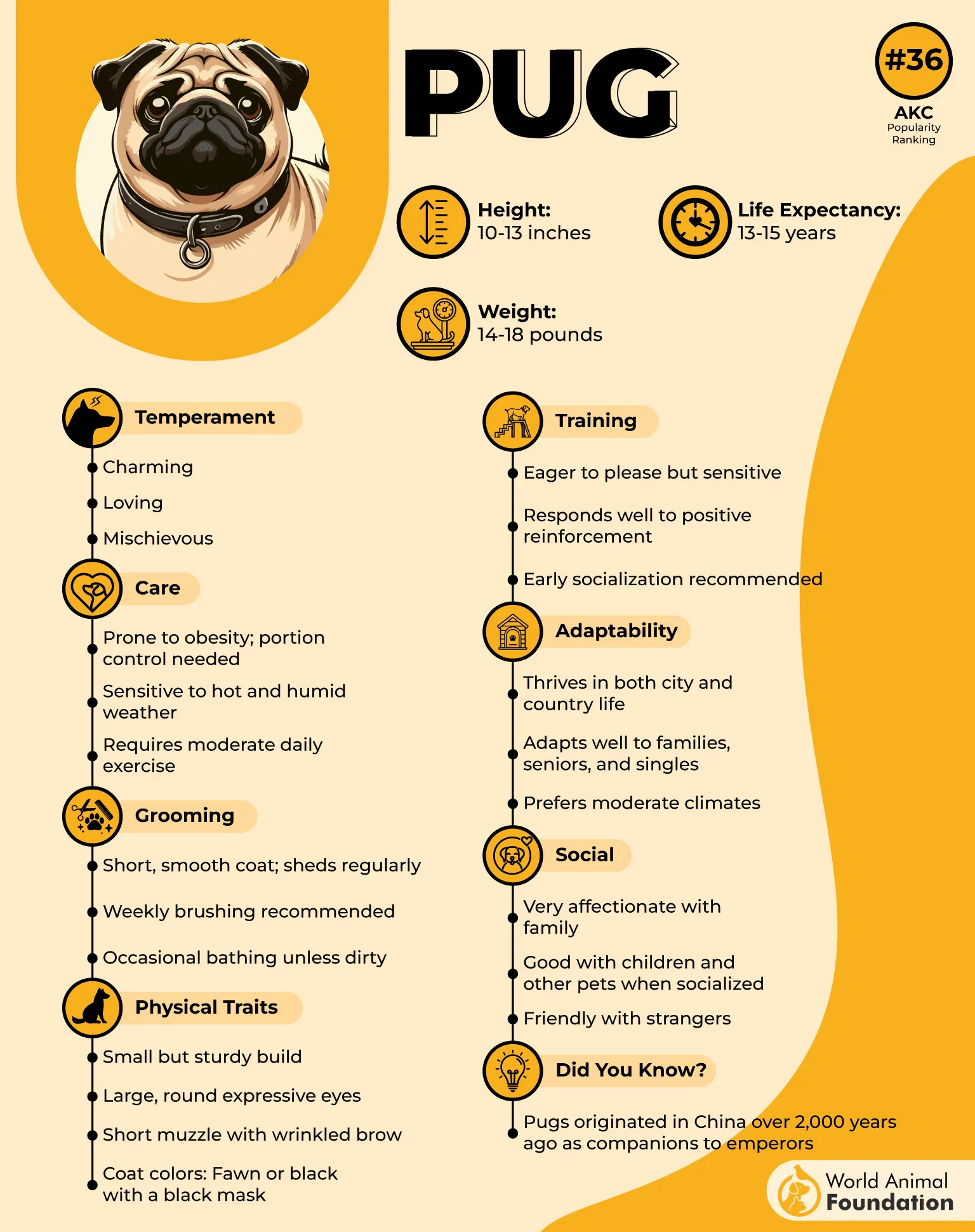
Low-energy lifestyle supports TV time
Since they’re naturally relaxed, pugs tend to lounge near the TV all the time without needing constant activity. This lifestyle makes it easier for them to stay still and actually focus on what’s playing. It becomes part of their wind-down routine during the day.
Tuned in to sound and tone shifts
Their short muzzles may limit scent detection, but they make up for it with heightened awareness of sound. Drastic tone changes, like laughter or suspenseful music, often trigger their attention in surprisingly sensitive ways. That’s when they shift, blink, and re-focus.
5. Shih Tzu

Shih Tzus have an unusually high interest in flashing colors and rapid scene changes, especially in animated shows or commercials. Their short snout doesn’t stop them from getting incredibly close to the screen. Sudden sound effects grab their attention faster than anything else.
Prefers watching over physical activity
While some breeds enjoy energetic play or interactive sports, the Shih Tzu often prefers curling up with their person and silently watching. It’s not laziness—it’s their natural love for quiet companionship. A movie marathon suits them better than a game of fetch.
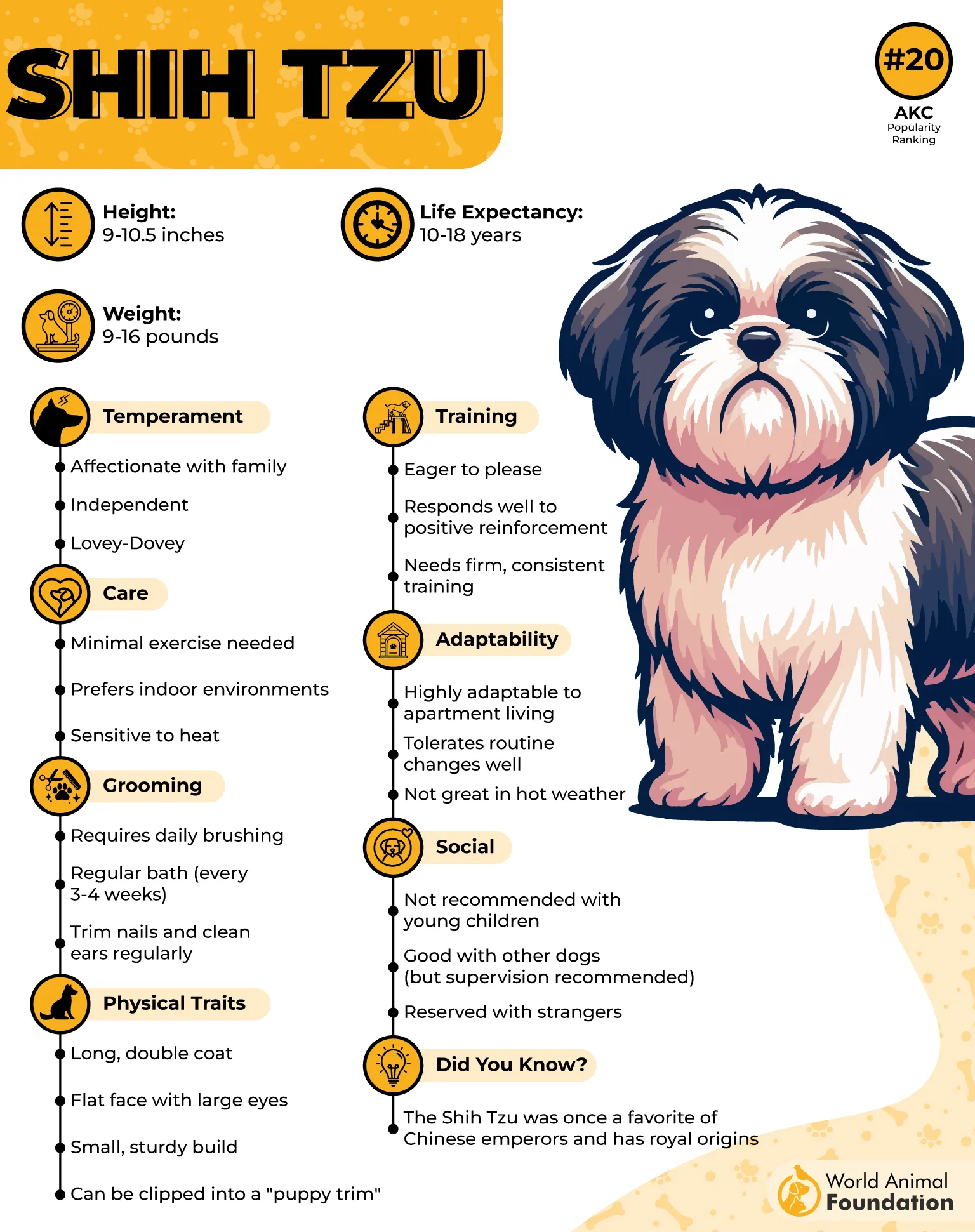
Facial expressions lock them in
These dogs are particularly reactive to facial cues, even from characters on screen. Their big eyes often stay locked on a TV screen if a scene features close-ups or emotional dialogue. It’s part of their deep connection to human tone and expressions.
Enjoys attention, even while watching
A Shih Tzu may look calm, but they still expect much attention, even during TV time. They’ll nestle into your lap, occasionally glance up for pets, and let out a tiny sigh if ignored. This cute routine is part of their low-key, yet emotionally expressive nature.
6. Bichon Frise
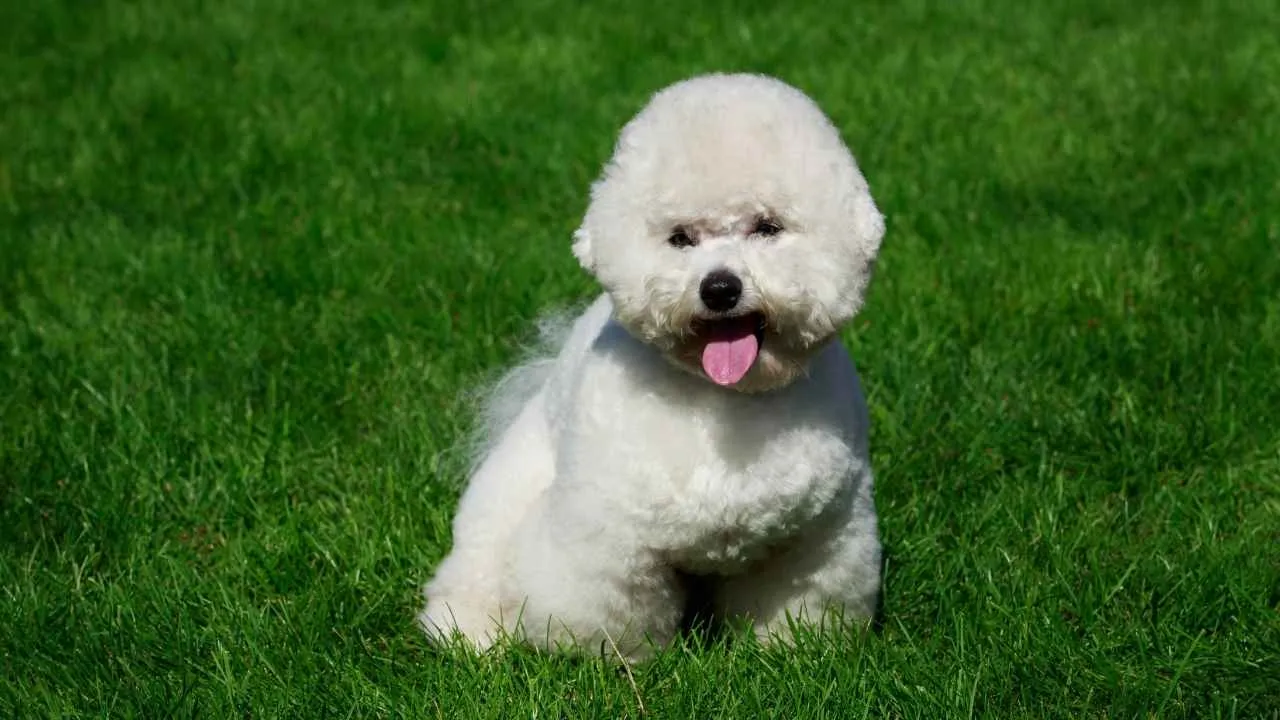
With excellent peripheral vision, Bichons often pick up fast movements on screen that other breeds ignore. Even a squirrel darting across the background can trigger a full-body alert. Their gaze stays locked on the screen when something unexpected appears.
A surprisingly expressive viewer
Bichons don’t just watch — they perform. You’ll often find them tilting their heads, shifting positions, or even barking when something “funny” happens. Their expressive faces mirror the energy of what’s happening on TV in real time.
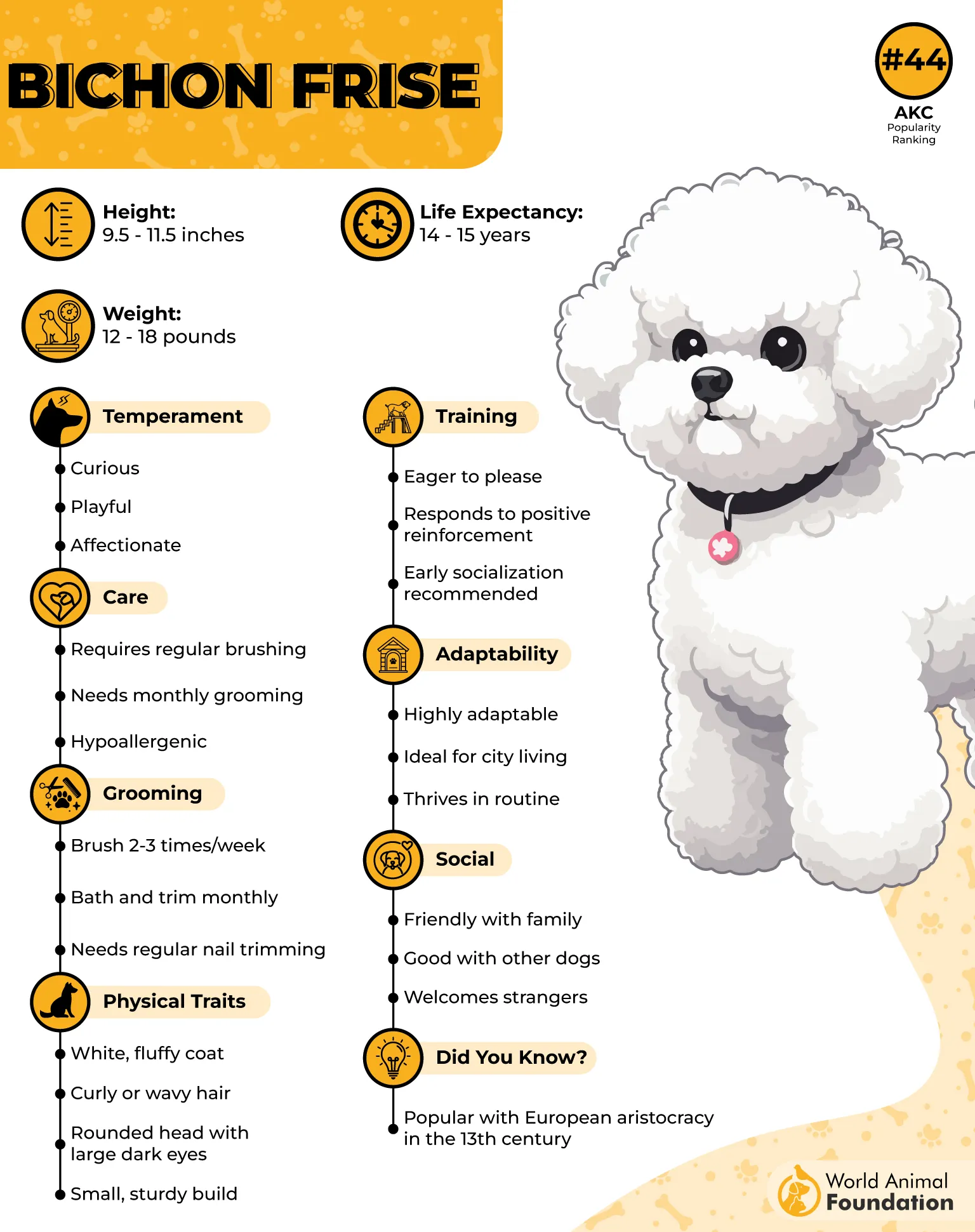
They treat the screen like part of the room
To a Bichon, the TV screen isn’t just a picture; it’s a space they interact with. Some will hop off the couch and trot over to examine what just disappeared off-screen. This makes them oddly entertaining to have around the house during family movie nights.
Naturally tuned into animated sounds
They’re quick to respond to exaggerated voices, laughter tracks, and squeaky effects. Cartoons or animal shows often trigger big reactions, especially if there’s a “funny” sound they recognize. Their keen vision works with their hearing to hold their attention longer than you’d expect.
7. Great Dane
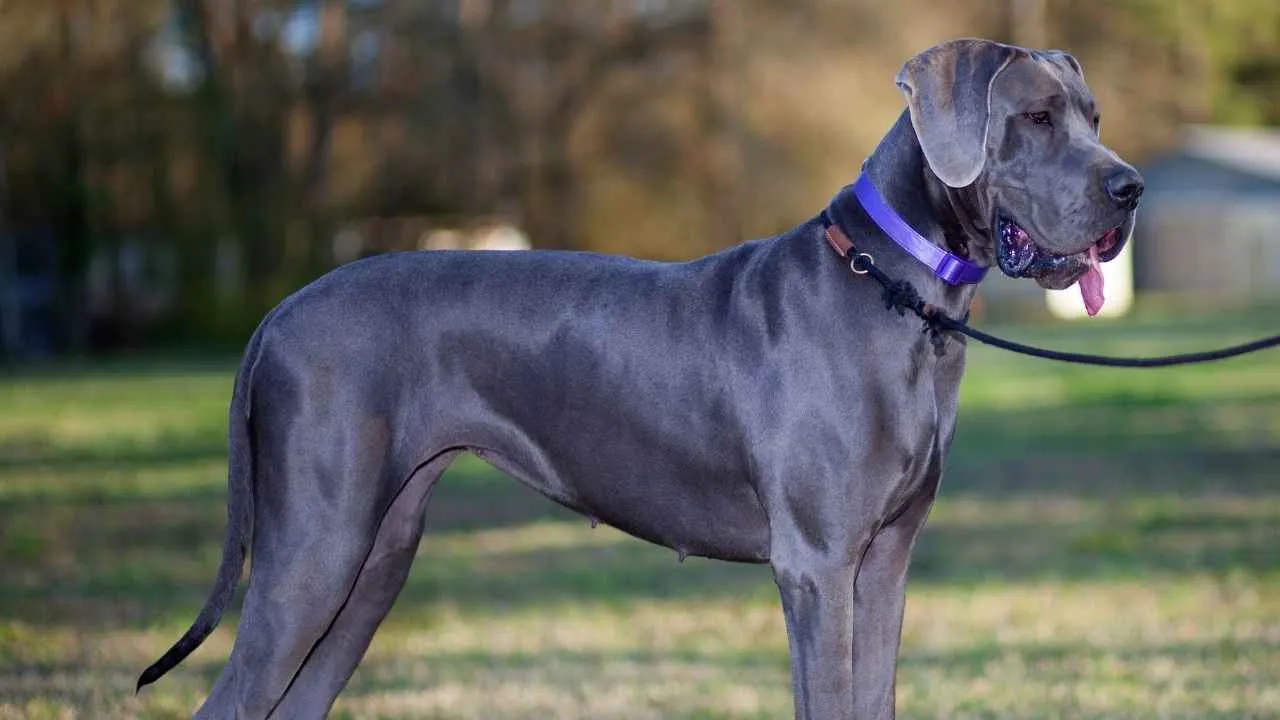
Great Danes don’t just bark at flashing lights — they pause, watch, and sometimes lean in. Their large, expressive eyes often track scenes with intense focus. It’s less about hyperactivity and more about a calm, observant interest in movement.
Their size shapes their viewing habits
Because of their towering height, they can easily view the screen from a lying position, even across the room. They often rest their heads on couches or beds and stay still for minutes at a time. Their relaxed nature suits slow-paced or animal-heavy content.
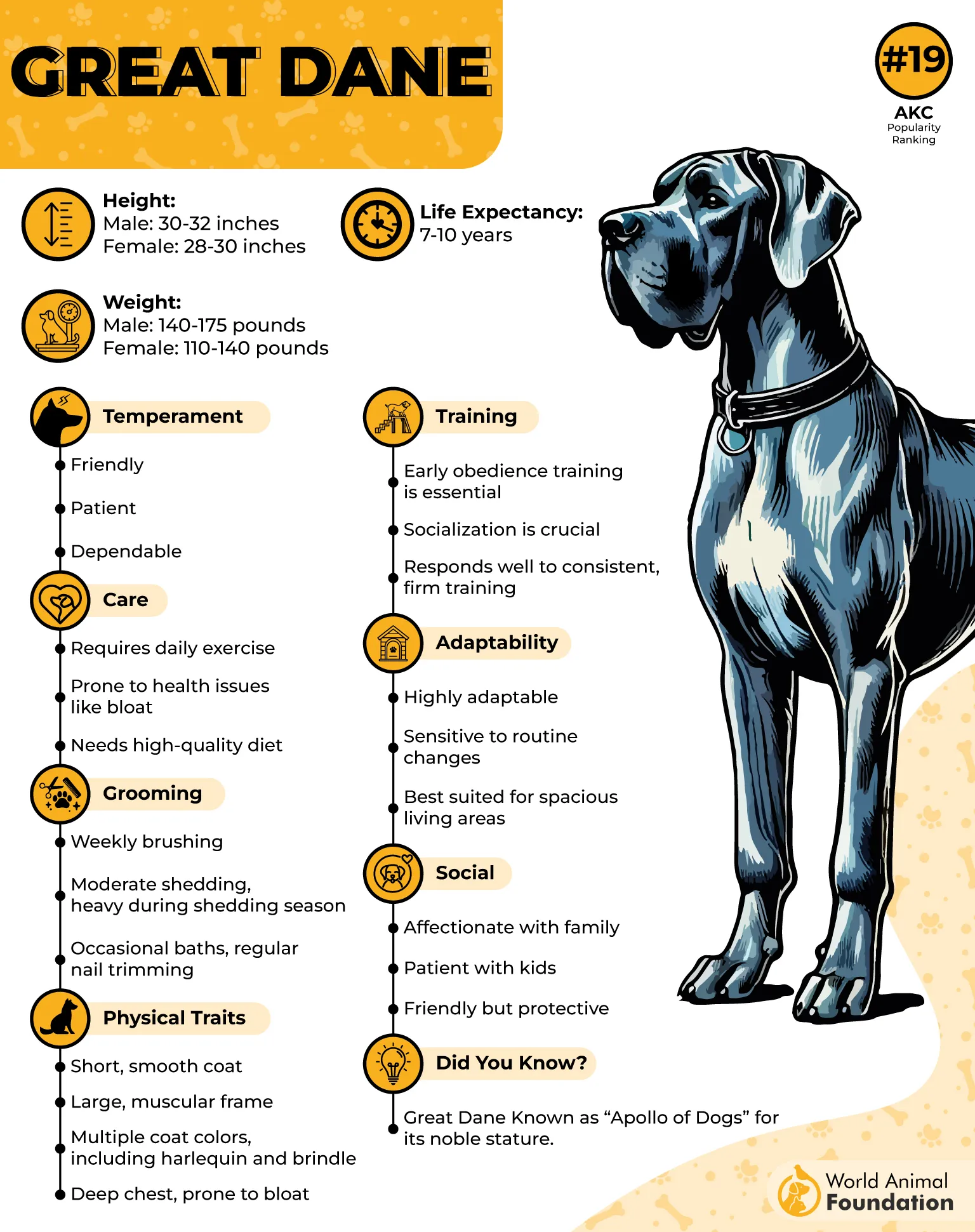
Drawn to deep tones and dramatic shifts
They respond more to bass-heavy sounds and noticeable emotional shifts in volume or tone. Explosions, growls, or sudden music cues tend to pull them in. Their reactions are usually subtle, ears twitching, head lifting, or an alert posture.
Not a fan of chaos or rapid cuts
While some breeds enjoy cartoons or fast-paced scenes, Great Danes seem more intrigued by nature documentaries or dramas. They’re not fond of overwhelming noise or erratic movement. Their preference leans toward calm, focused visuals that match their gentle demeanor.
Conclusion
So next time you curl up for a movie night, glance over—you might see your pup just as focused as you. Dogs may not see exactly what we do (some breeds even have poor vision), but they still react deeply to movement, tone, and emotion. In fact, canine researchers have created an equivalent dog eye chart to help better assess vision in breeds that track screens more than others.
From playful reactions to those long stares during nature scenes, these dogs aren’t just bored—they’re engaged. And if your furry friend perks up during dogs barking or starts to lean in when you watch Animal Planet, that’s no coincidence.
Some might hop up and bark at the screen, while others may sprawl in front of their TV stands and chill. Either way, screen time isn’t just for humans anymore. For these breeds, it’s a surprisingly real form of connection—and entertainment.


